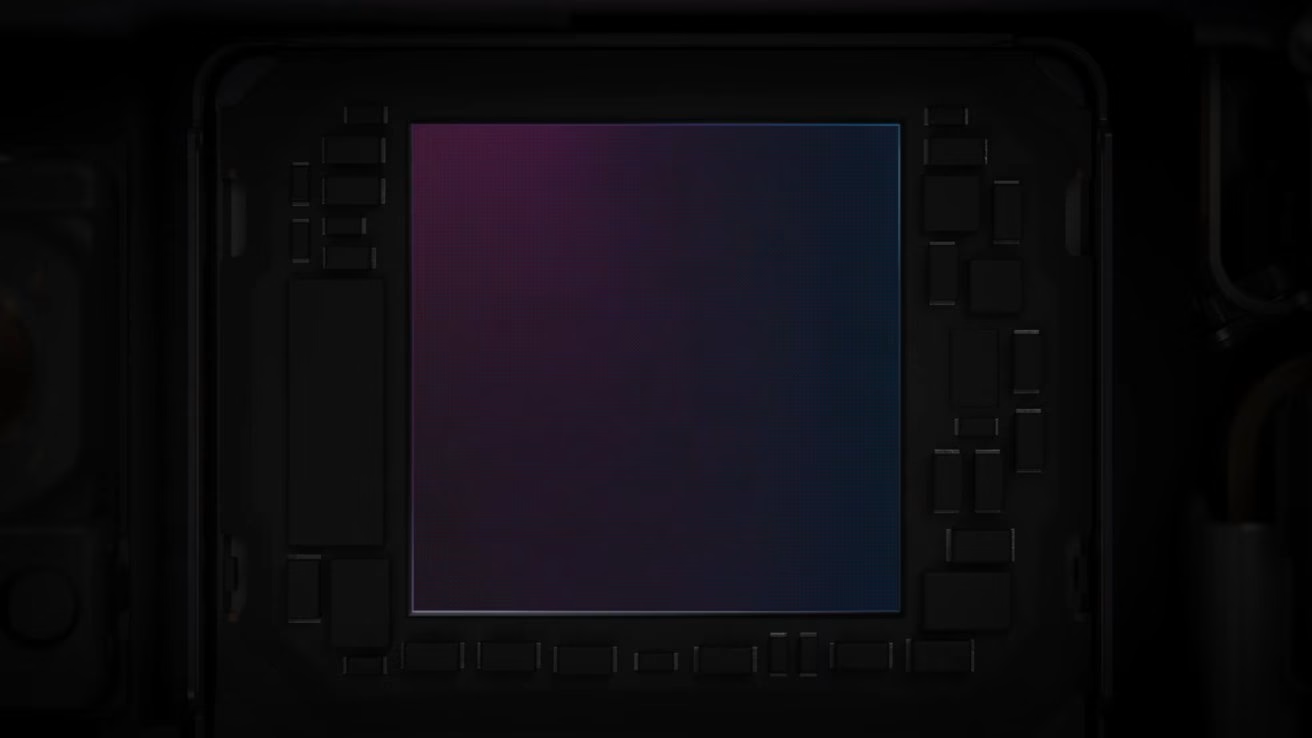The Selfie Reimagined: An Executive Vision
For years, the front-facing camera felt a bit like an afterthought, a secondary component to the powerful rear optics. But that all changed with the iPhone 17. Apple execs were clear: the goal wasn't just sharper images, but a fundamentally more natural, wider, and steadier experience for every frame. We’re talking about an 18-megapixel system that’s been entirely reworked to capture those moments better, whether it’s a quick solo snap or a bustling group shot.
Beyond the Megapixel: The Core Innovations of the iPhone 17 Front Camera
Sure, 18 megapixels is a nice upgrade from the previous 12MP. But the real game-changer isn't just pixel count; it's the physical design of the sensor. The iPhone 17 introduces a physically larger front sensor with a unique 1:1 square aspect ratio. This is a subtle yet profound shift from the traditional 4:3 format we’ve grown accustomed to. What does a square sensor mean for you? Well, it means you can take both portrait and landscape selfies without having to awkwardly rotate your phone. Just think about that for a second. No more fumbling to flip your device mid-shot to get the perfect horizontal group picture or a striking vertical portrait. It's truly brilliant, making creative framing a heck of a lot easier.
This design choice, frankly, sets the iPhone 17 apart from pretty much every other major smartphone out there. It simplifies the user experience, making the camera almost intuitive to use regardless of how you hold it. And it's something you feel immediately once you start using it.
AI at the Helm: Smarter Framing and Dynamic Capabilities
Remember Centre Stage from the iPad and MacBook lines? Apple has brought that AI-powered magic to the iPhone 17's front camera, but it’s been enhanced specifically for the selfie experience. This isn't just passive object detection; it's active, intelligent framing. Centre Stage uses artificial intelligence to automatically reframe and zoom out, ensuring everyone stays in the shot during selfies and group photos. It’s almost like having a tiny, invisible camera operator ensuring perfect composition.
The camera dynamically switches between portrait and landscape orientation, adjusting framing in real time. Imagine trying to get a group selfie, and as someone new steps into the frame, the camera subtly, seamlessly widens to include them. No more outstretched arms trying to fit everyone in, or accidentally cutting someone out. This AI system can detect multiple faces and make those adjustments on the fly, eliminating those awkward arm extensions that used to be a selfie staple. Digital Camera World, in their review, highlighted Centre Stage as the standout feature, noting its effectiveness in real-world scenarios.
Content Creation Unleashed: Wider Shots and Gimbal-Smooth Video
For those who use their front camera for more than just a quick snap – think vloggers, travel content creators, or even just parents trying to capture their kids – the iPhone 17 offers some serious horsepower. This front camera supports ultra-wide shots, capable of capturing up to 48MP images in this specific mode. That’s a massive leap from the previous 12MP limit on the iPhone 16, offering incredible detail for expansive backgrounds or larger groups. Plus, macro detail has seen a significant improvement, making close-up selfies remarkably sharper and more intricate. It’s impressive, to say the least.
Then there's video. Apple clearly knows that social media thrives on dynamic, steady content. The iPhone 17’s front camera system boasts advanced hardware and software stabilization, delivering what Apple calls "gimbal-smooth" video. If you've ever tried to walk and talk to the camera, or record a quick reaction video on the go, you know how shaky that footage can get. This new stabilization promises to make handheld selfie footage look incredibly professional. It’s a huge boon for anyone serious about creating engaging content directly from their phone.
User-Centric Design: Why Apple Built It This Way
Early market response confirms their vision. Users on forums and social media are praising the wider, steadier selfies and the sheer convenience of not having to constantly adjust their phone's orientation for group shots. It just works, and that's precisely what Apple aimed for.
The Future of Self-Expression: Implications and Impact
The iPhone 17’s front camera isn't just another incremental upgrade; it represents a significant shift in how smartphone manufacturers might approach front-facing optics. By integrating a unique square sensor, leveraging advanced AI, and providing pro-level stabilization, Apple has indeed reinvented the selfie. Default photos are a crisp 24MP, offering that sweet spot between quality and file size. Tech analysts are already suggesting that this user-centric, AI-driven focus could very well set a new industry standard. As social media and video communication continue to dominate how we interact, a front camera this smart feels less like a luxury and more like a necessity. The iPhone 17 starts at $899, with Pro models going up, but for many, the investment in a truly superior selfie experience might just be worth it.
